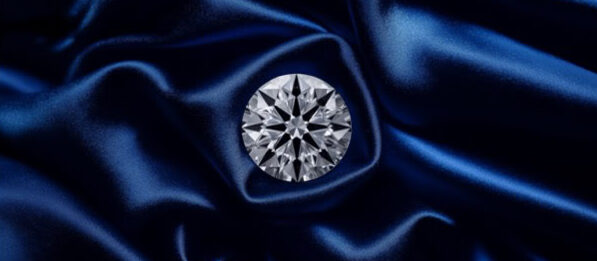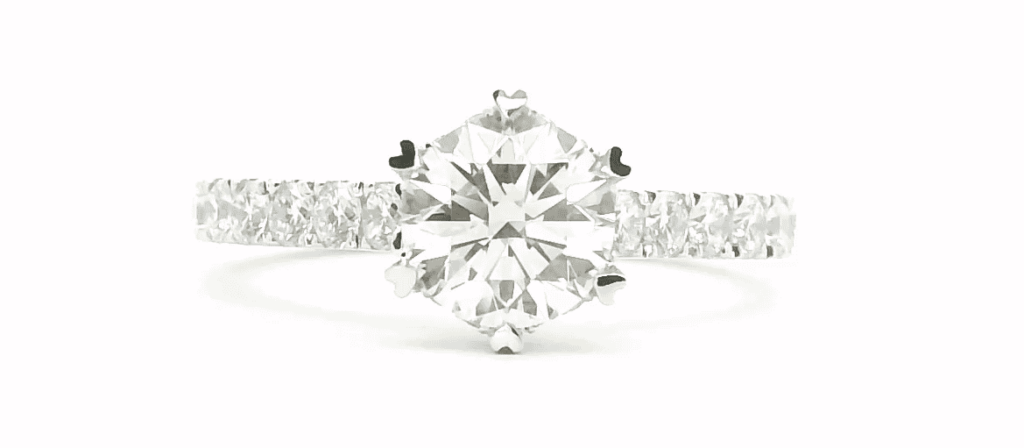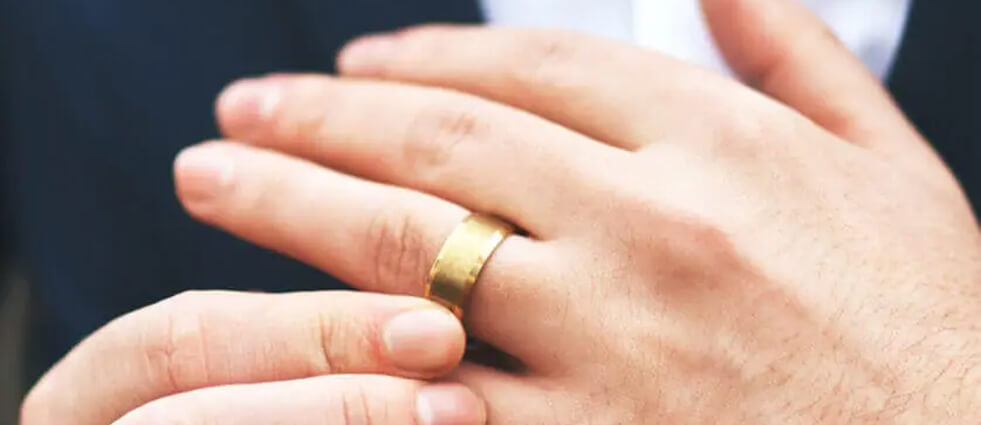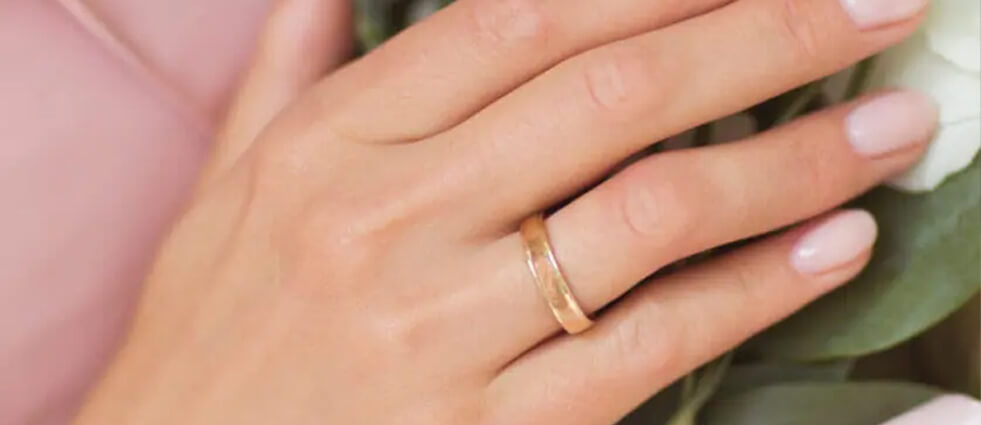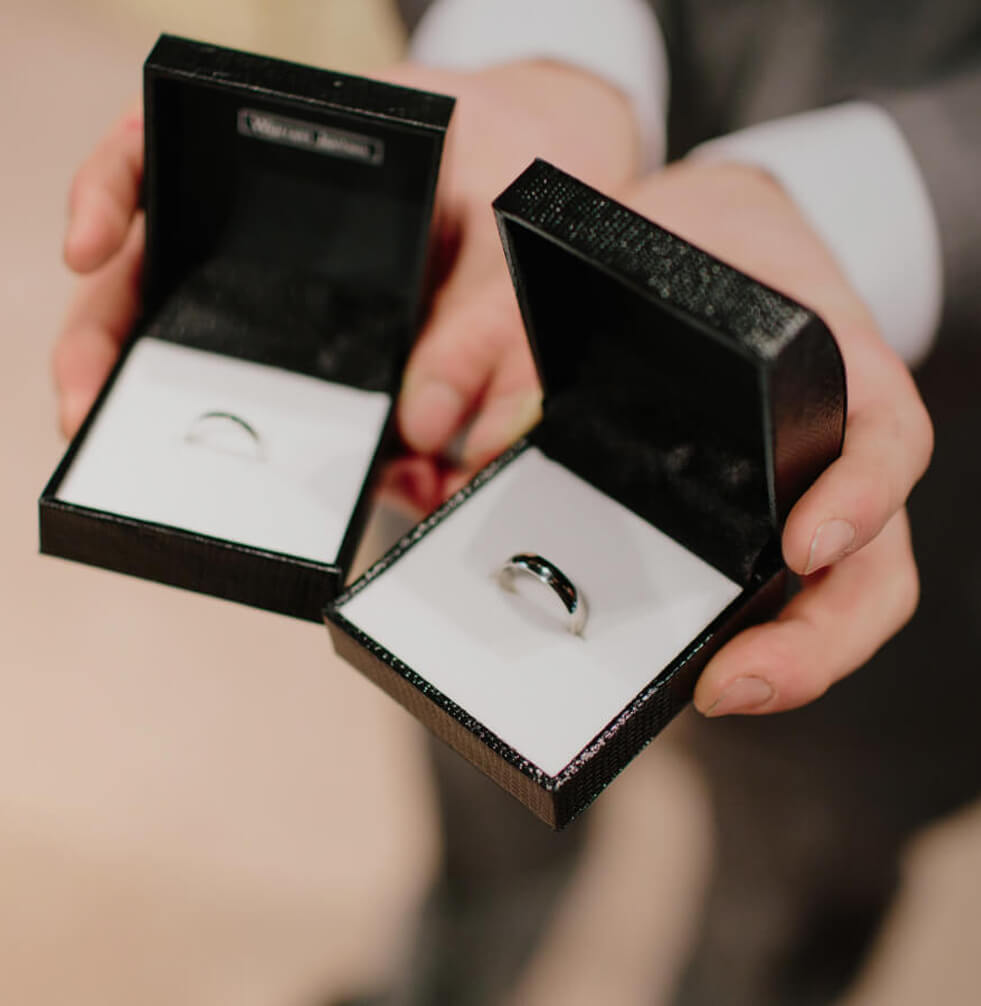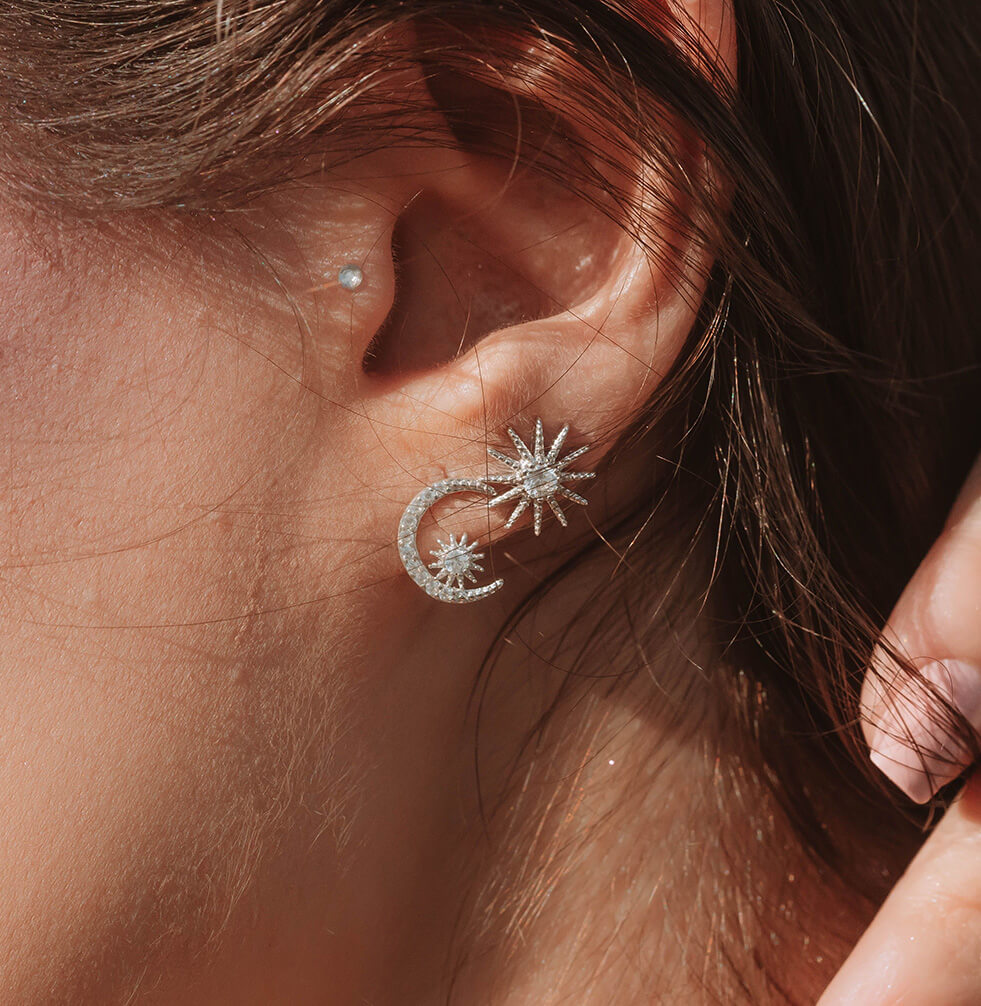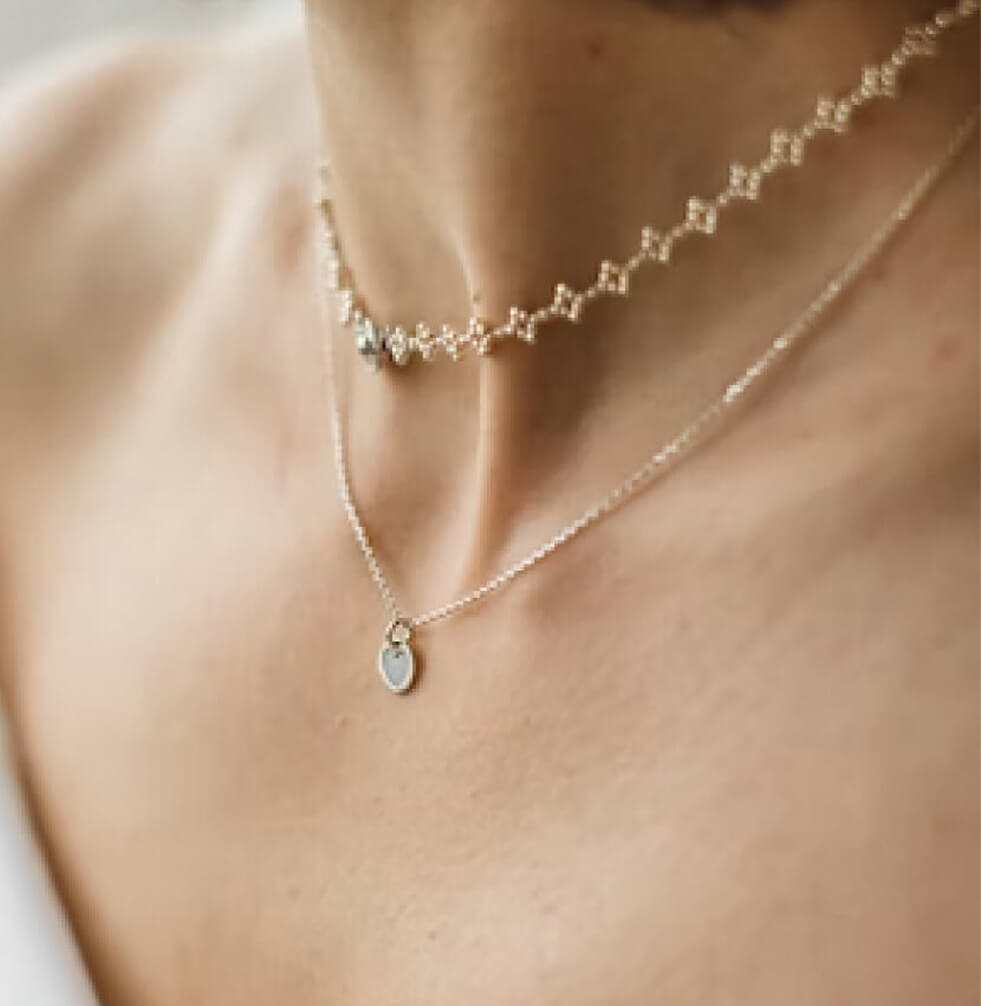Natural vs Lab-Grown Diamonds Singapore
Diamonds have long been cherished symbols of love, commitment, and beauty in Singapore’s vibrant culture. Whether you’re looking for the perfect engagement ring or a meaningful gift for a special occasion, understanding the key differences between lab-grown diamonds and natural diamonds is essential. This guide provides you with the essential information needed to make a confident and informed choice that reflects your values and style.

If you’re interested in exploring lab-grown diamonds in Singapore, we invite you to check out our stunning collection of ethically-sourced lab-grown diamonds. From timeless engagement rings to unique jewellery pieces, our selection is designed to meet your preferences and needs.
Understanding Lab-Grown Diamonds
Lab-grown diamonds are created in controlled environments using advanced technology that replicates the natural diamond formation process. They are also known as synthetic diamonds, man-made diamonds, or lab-created diamonds. However, it’s important to note that lab-grown diamonds share the same chemical structure and physical properties as natural diamonds, making them just as real and beautiful.
How are Lab Grown Diamond Formed
Lab-grown diamonds are produced using two primary methods:
- High Pressure High Temperature (HPHT): This method replicates the natural conditions under which diamonds form. Carbon is subjected to high pressure and temperature, resulting in diamond formation. See our guide on the HPHT process for more details!
- Chemical Vapour Deposition (CVD): In this process, carbon-rich gases are introduced into a chamber, where they break down, allowing carbon to crystallise and form a diamond. See our guide on the CVD process for more details!
These methods allow us to create beautiful, ethically-sourced diamonds that are indistinguishable from natural ones.
Chemical Composition of Lab Grown Diamonds
Lab-grown diamonds and natural diamonds share the same chemical composition: pure carbon. This identical structure results in lab-grown diamonds having the same brilliance and fire as natural diamonds. The term “synthetic” can be misleading, as lab-grown diamonds are real diamonds in every sense.
Price of Lab Grown Diamond
One of the most significant differences between lab-grown and natural diamonds is price. Lab-grown diamonds typically cost 60-80% less than their natural counterparts. This price difference stems from the lower production costs and greater supply of lab-grown diamonds. When you choose a lab-grown diamond, you’re not just making a smart financial decision; you’re also choosing a sustainable and ethical option.
For more details on how lab-grown diamonds are impacting the diamond industry, check out our detailed price comparison here!
Evaluation Lab Grown Diamond Quality
When it comes to evaluating diamonds, the 4 Cs—Clarity, Cut, Color, and Carat—play a vital role in determining their quality and value. Understanding these factors will help you choose a diamond that perfectly suits your taste and requirements. Importantly, lab-grown and natural diamonds are graded using the same criteria and can possess identical characteristics.
Cut
This refers to how well the diamond has been shaped and faceted, which affects its brilliance and sparkle.

For more details on how a cut influences a diamond’s appearance, check out our guide on understanding diamond cuts.
Carat
This measures the weight of the diamond. Larger diamonds are often more valuable, but the carat weight should also align with your desired look and budget.

To learn more about how carats affect your choice, visit our guide on understanding diamond carats.
Clarity
This factor assesses the presence of inclusions or blemishes within a diamond. Higher clarity means fewer visible imperfections, enhancing the stone’s overall beauty.

Dive deeper into this aspect in our guide on diamond clarity.
Colour
The colour grade of a diamond ranges from completely colourless to light yellow or brown. The less colour present, the higher the value.

For an in-depth look at how colour impacts your diamond choice, explore our guide on understanding diamond colours.
By familiarising yourself with these key characteristics, you’ll be better equipped to select a diamond that truly reflects your unique style and story.
Lab Grown Diamond Certification
The great news is that lab-grown diamonds and natural diamonds are graded using the same standards – check out the standardised GIA Report you can expect. There are no significant differences in quality from a grading perspective. Whether you choose a lab-grown diamond or a natural diamond, you can expect exceptional clarity, cut, colour, and carat weight. This means you can find the perfect diamond that meets your aesthetic and emotional preferences without compromising on quality.
When purchasing a diamond, certification from a reputable gemological institute, like the Gemological Institute of America (GIA), is crucial. Certification provides an unbiased assessment of a diamond’s quality and authenticity.
Identifying Lab-Grown vs. Natural Diamonds
Lab-grown diamonds and natural diamonds may appear virtually identical to the naked eye, but gemologists can distinguish between them using specialised equipment. They analyse key characteristics such as inclusions, growth patterns, and fluorescence. For instance, natural diamonds often contain unique inclusions formed over millions of years, while lab-grown diamonds might show distinct growth patterns indicative of their synthetic origins. Advanced techniques like infrared spectroscopy can also reveal differences in chemical composition.
Despite these subtle distinctions, it’s important to note that none of these factors affect the key qualities of a diamond, including the 4 Cs (Clarity, Cut, Color, and Carat) or their longevity. Both types of diamonds offer exceptional durability and beauty, making them equally suitable choices for your jewellery.
Regulation and Disclosure
Both lab-grown and natural diamonds can receive GIA certification. Lab-grown diamonds are clearly labelled as such, ensuring transparency in the purchasing process. This means you can confidently choose a diamond that aligns with your values.
To ensure transparency, regulations require that lab-grown diamonds be disclosed as such. This means you can shop with confidence, knowing that you’re making an informed decision.
Understanding Natural Diamonds
Natural diamonds are formed over millions of years under extreme heat and pressure deep within the Earth’s mantle. They are brought to the surface through volcanic eruptions, where they are mined and cut into the stunning gemstones we cherish today.
We have both lab-grown and natural diamonds. If you’re ready, check out our collection of diamonds in Singapore today!
Lab-Grown vs. Natural Diamonds
Natural diamonds are formed through geological processes that occur over millions of years. The combination of heat and pressure causes carbon atoms to bond in a crystalline structure, resulting in the sparkling gemstones we admire.
See our guide on how natural diamonds are formed for more details!
The difference between lab-grown vs natural diamonds are as follows:
- The methods to differentiate lab-grown vs natural diamonds have been discussed above.
- Both lab-grown and natural diamonds share the same chemical composition: pure carbon.
- Details on natural diamond formation have been provided in a separate guide for further reading.
- Quality evaluation, including the 4 Cs—Clarity, Cut, Color, and Carat—is consistent for both natural and lab-grown diamonds.
- While natural diamonds are traditionally more expensive, the landscape is shifting with the rise of lab-grown diamonds offering a more sustainable and affordable alternative.
We have both lab-grown and natural diamonds. If you’re drawn to the authenticity and legacy of natural diamonds, explore our carefully curated collection today!
FAQs
Is it accurate to call a lab-grown diamond a “synthetic” diamond?
While some may use the term “synthetic” to describe lab-grown diamonds, it’s more accurate to refer to them as lab-grown or man-made diamonds. They share the same chemical structure as natural diamonds.
Can the average person spot the difference between lab-created and mined diamonds?
No, the average person cannot spot the difference without the aid of specialised equipment. Lab-grown diamonds and natural diamonds are nearly indistinguishable to the naked eye.
Are lab diamonds less real?
Lab-grown diamonds are real diamonds with the same properties as natural diamonds. The only difference lies in their origin.
Are lab-grown diamonds good?
Absolutely! Lab-grown diamonds are an excellent choice for those looking for ethical, affordable, and high-quality options.
Pros of Buying a Lab-Grown Diamond
- Cost-Effective: Typically 60-80% less expensive than natural diamonds.
- Ethical and Sustainable: No environmental degradation or conflict issues associated with mining.
- Identical Quality: Same beauty and brilliance as natural diamonds.
Cons of Buying a Lab-Grown Diamond
- Resale Value: Lab-grown diamonds may have lower resale values compared to natural diamonds.
- Perception: Some may view natural diamonds as more valuable due to their rarity and history.
How long do lab-grown diamonds last?
Lab-grown diamonds are just as durable as natural diamonds and can last a lifetime with proper care.
Conclusion
Choosing between lab-grown diamonds and natural diamonds ultimately depends on your values, preferences, and budget. At Diamond Ateliers, we’re here to help you find the perfect ring that reflects your love story and resonates with your values. Whether you opt for a lab-grown diamond or a natural diamond, you can rest assured that you’re making a beautiful choice.
Ready to explore your options? We invite you to browse our stunning collection or reach out to our knowledgeable team for a personalised consultation. Let’s make your diamond journey unforgettable!

